In this auspicious occasion, we are delighted to delve into the intriguing topic related to Unleash Your Inner Artist: A Beginner’s Guide to Drawing. Let’s weave interesting information and offer fresh perspectives to the readers.
Introduction
Unleash Your Inner Artist: A Beginner’s Guide to Drawing
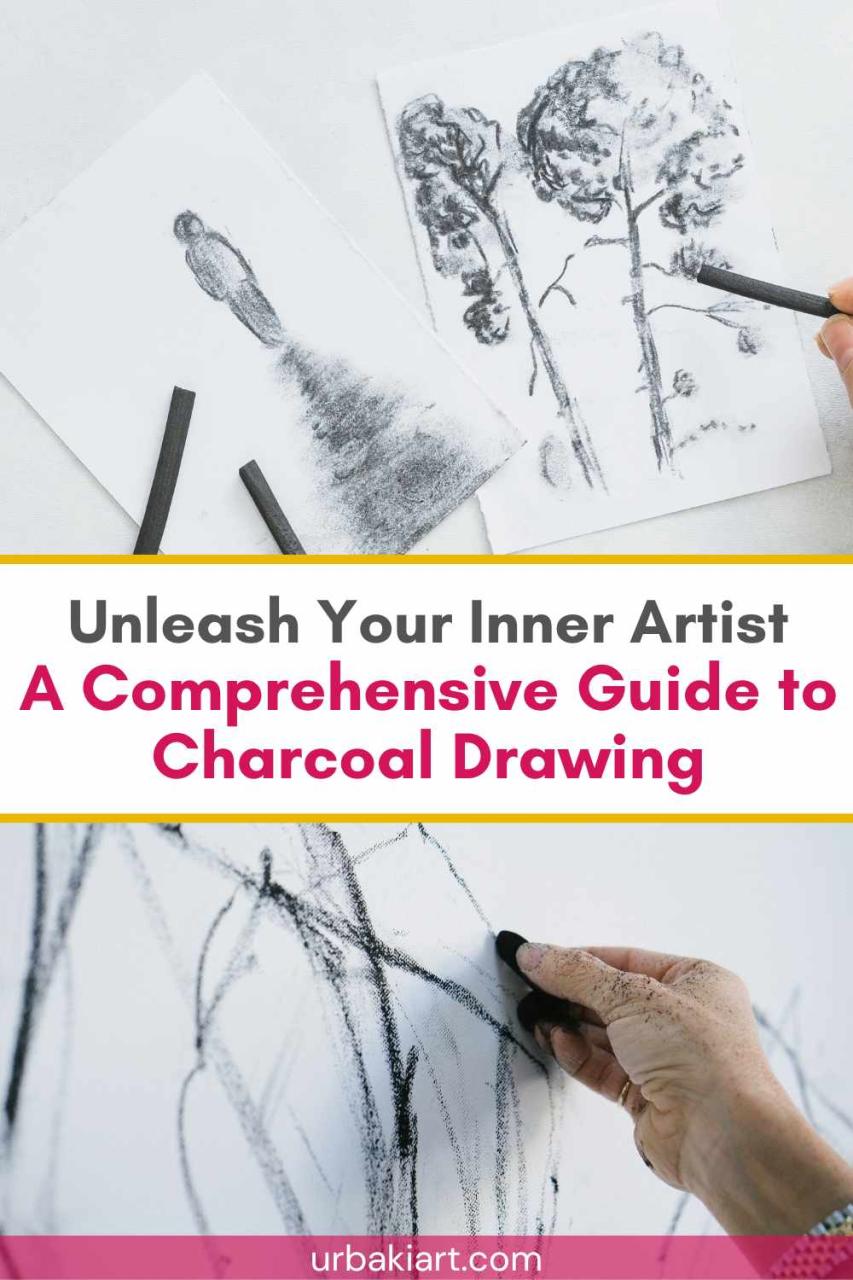
Hey there, budding artists! I’m your friendly neighborhood drawing teacher, here to guide you on your creative journey. Drawing is a fantastic way to express yourself, explore your imagination, and have a ton of fun! It’s like magic, turning simple lines into amazing pictures.
Let’s start with the basics:
1. Gather Your Supplies:
- Paper: You can use regular printer paper, drawing paper, or even a sketchbook.
- Pencils: Start with a basic HB pencil for all-around use. You can get softer pencils (like 2B or 4B) for darker lines and harder pencils (like 2H or 4H) for lighter lines.
- Eraser: A good eraser is essential for fixing mistakes and cleaning up your drawings.
- Sharpener: Keep your pencils sharp for precise lines.

2. The Power of Observation:
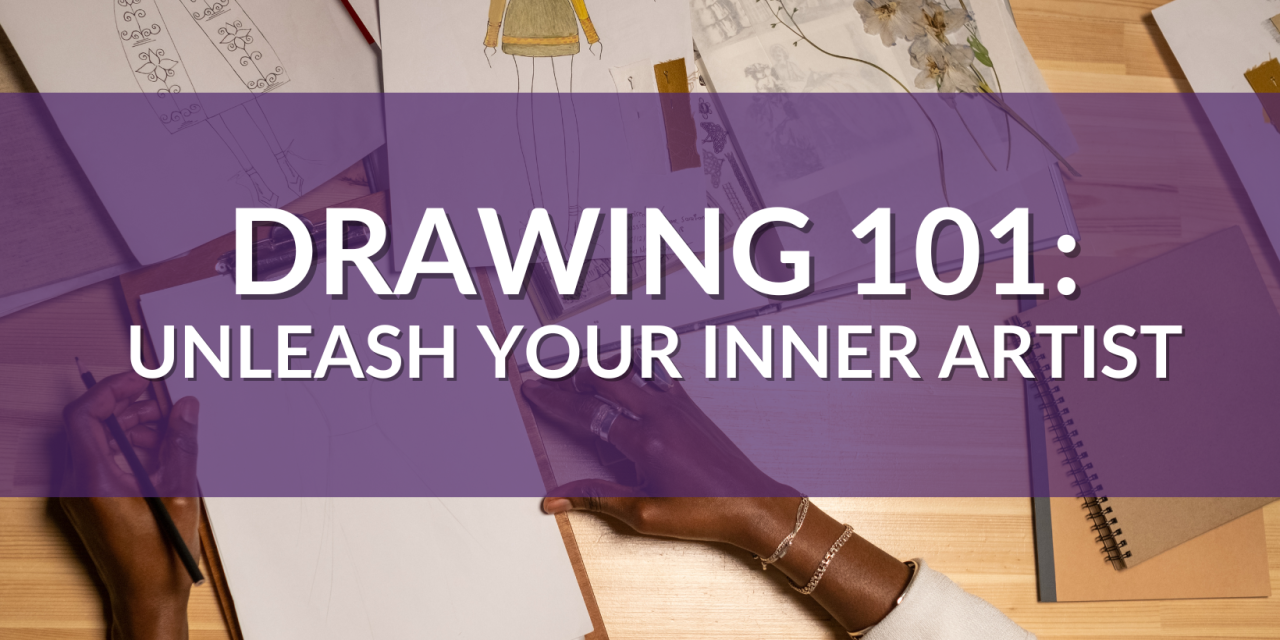
- Look closely at the world around you: Notice the shapes, sizes, and textures of everyday objects.
- Practice drawing simple shapes: Start with circles, squares, triangles, and lines.
- Break down complex objects: Imagine a flower as a circle with petals, a house as a rectangle with a triangle roof, and a person as a stick figure with circles for the head and body.

3. Let’s Get Started with Lines:
- Light and Dark: Use light lines for sketching and darker lines for outlining.
- Straight and Curved: Practice drawing straight lines, curved lines, and wavy lines.
- Hatching and Cross-Hatching: These techniques use lines to create shading and depth.
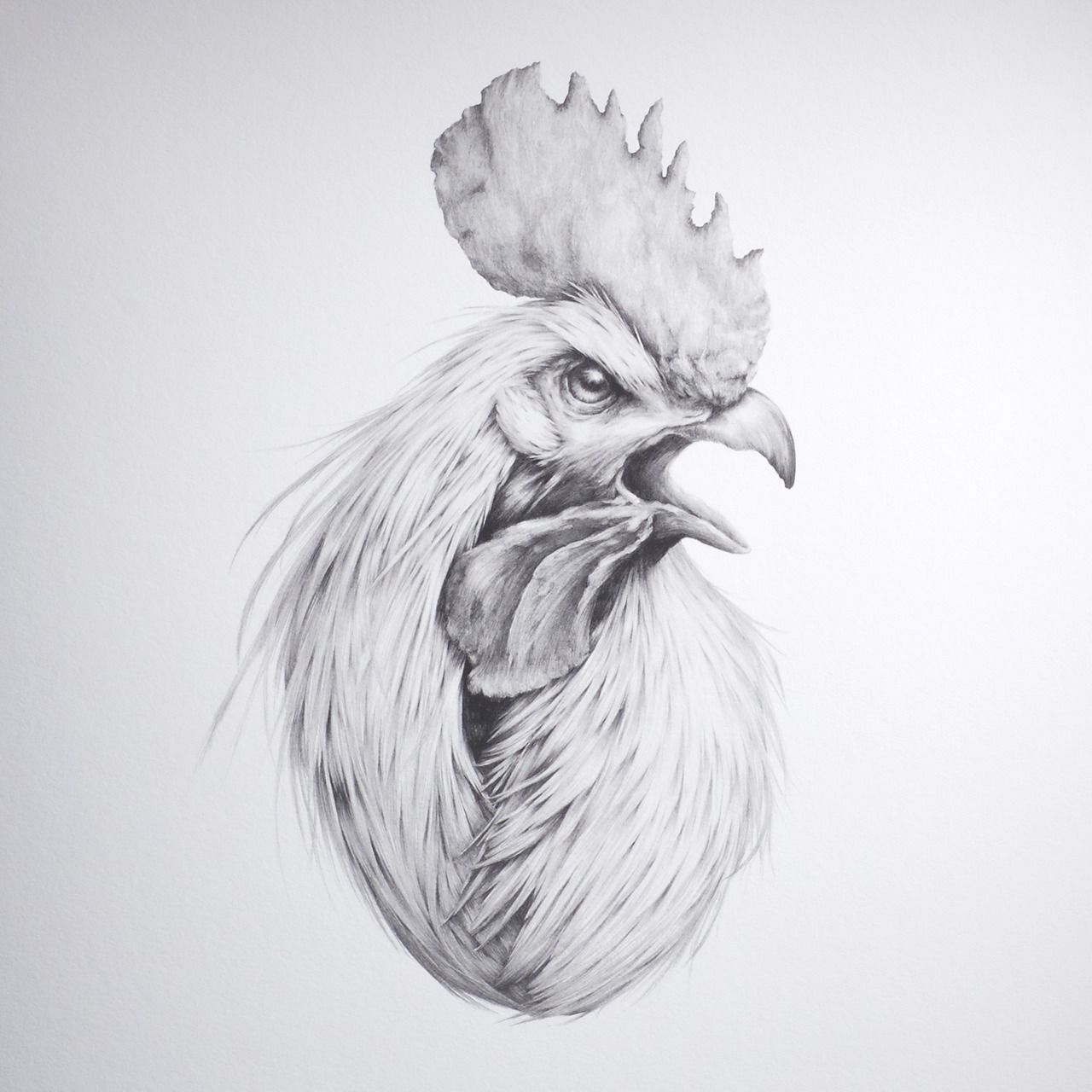
4. Shape Up Your Skills:
- Circles and Ovals: Practice drawing perfect circles and ovals by using a compass or tracing a round object.
- Squares and Rectangles: Draw these shapes by using a ruler or by practicing freehand.
- Triangles: Start with simple triangles and then try drawing more complex ones.
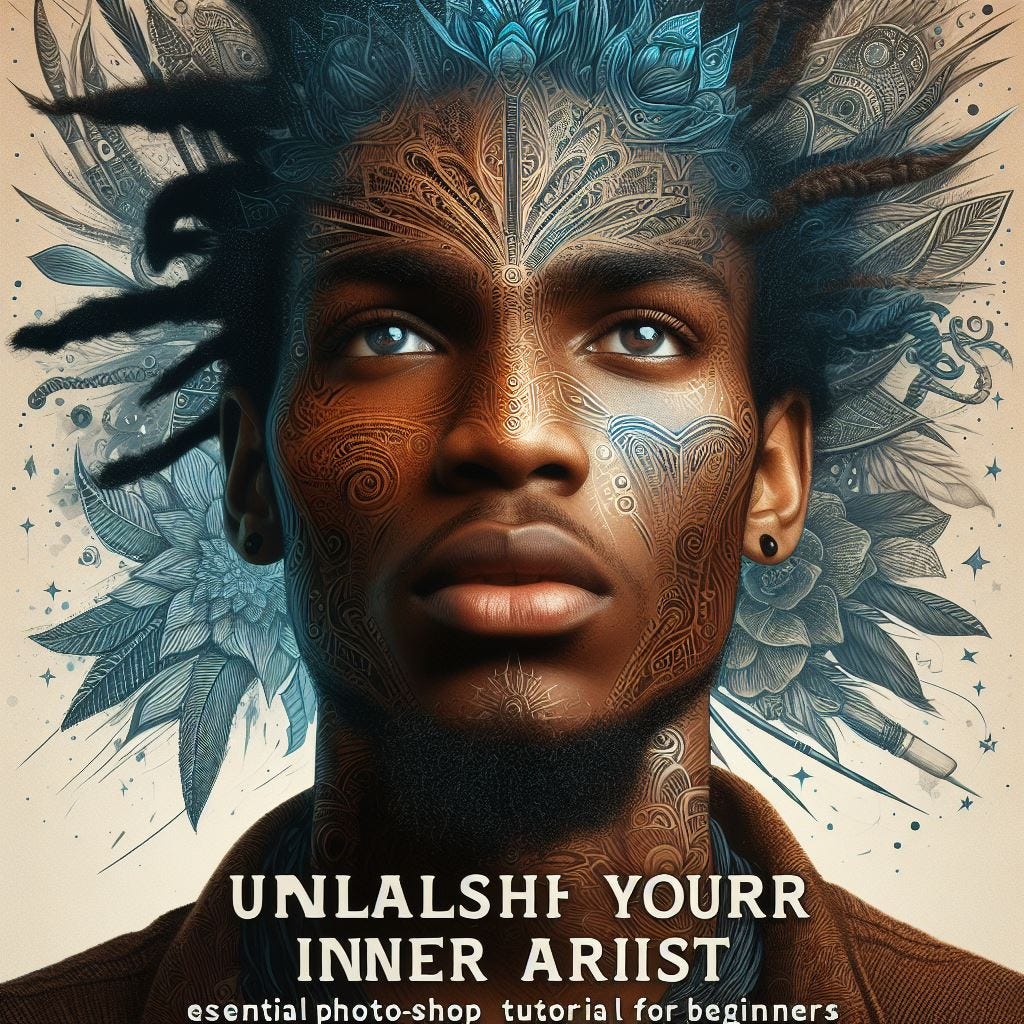
5. The Art of Shading:
- Light and Shadow: Notice how light falls on objects, creating highlights and shadows.
- Blending: Use your finger, a blending stump, or a cotton swab to soften the lines and create smooth transitions.
- Value Scale: Use different shades of gray to show the different values of light and dark.
6. Let’s Draw Some Fun Things!
- Animals: Start with simple shapes and add details like eyes, noses, and mouths.
- People: Practice drawing stick figures and then add more details to create realistic portraits.
- Nature: Draw trees, flowers, and landscapes.
7. Don’t Be Afraid to Experiment:
- Try different drawing tools: Experiment with colored pencils, crayons, markers, and even charcoal.
- Play with textures: Use different techniques to create different textures, like rough, smooth, bumpy, and fuzzy.
- Let your imagination run wild: Draw anything you can imagine!
Benefits of Drawing:
Drawing isn’t just about creating beautiful pictures; it’s also a fantastic way to improve your skills and well-being. Here are some benefits:
- Improves Concentration: Drawing requires focus and attention to detail, helping you develop your concentration skills.
- Boosts Creativity: Drawing encourages you to think outside the box and come up with new ideas.
- Enhances Problem-Solving: Breaking down complex objects into simpler shapes helps you develop problem-solving skills.
- Reduces Stress: Drawing can be a relaxing and therapeutic activity, helping you unwind and de-stress.
- Builds Confidence: Seeing your progress and creating something beautiful can boost your self-esteem.
FAQs:
1. What if I’m not good at drawing?
Everyone starts somewhere! Don’t worry about being perfect. The most important thing is to have fun and keep practicing.
2. How often should I practice?
Try to draw for at least 15-30 minutes each day. Even a little bit of practice goes a long way!
3. What should I draw?
Draw anything that interests you! Start with simple objects and gradually work your way up to more complex subjects.
4. How can I improve my drawing skills?
Practice, practice, practice! Also, try taking online courses or workshops, and get feedback from other artists.
5. What are some good resources for learning to draw?
There are tons of great resources available online and in libraries. Check out YouTube channels, drawing websites, and books on drawing techniques.
Remember, drawing is a journey, not a destination. Have fun, be patient, and enjoy the process!
Now, let’s get started! What would you like to draw first?
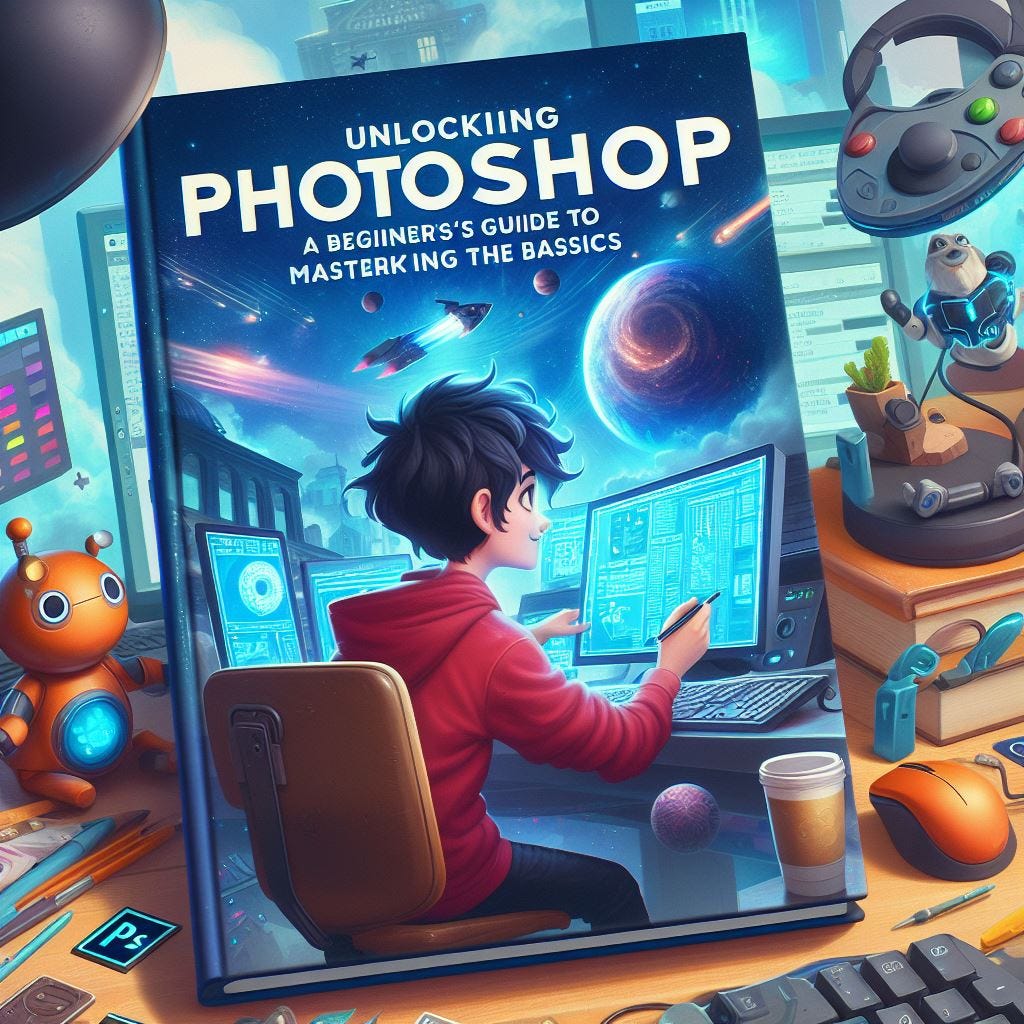
Thus, we hope this article has provided valuable insights into Downloads Unleash Your Inner Artist: A Beginner’s Guide to Drawing. We hope you find this article informative and beneficial. See you in our next article!
 apapunada.my.id News Bisnis Technology Tutorial
apapunada.my.id News Bisnis Technology Tutorial